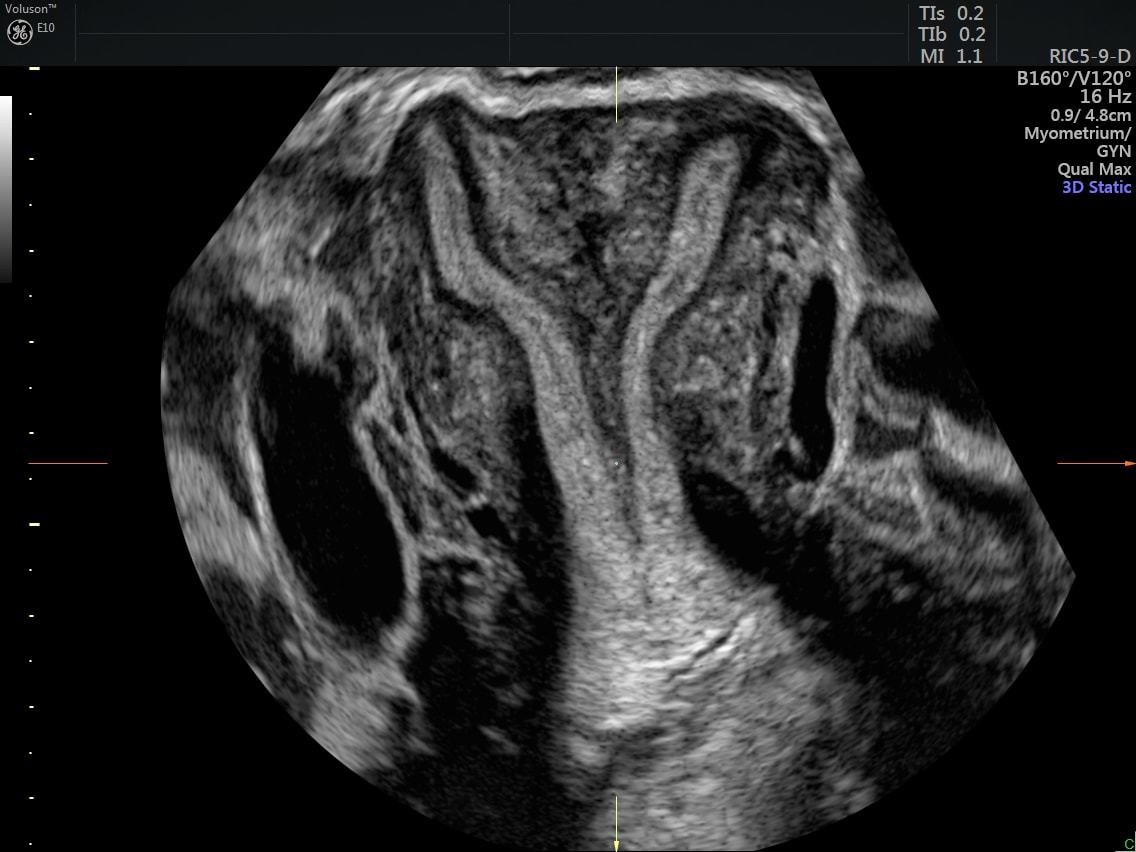When patients today walk through the doors of a physician's office, they have different expectations than they did a decade ago. They demand not just a positive experience, but also open communication with their physicians and timely answers.
This new era of patient-centered care is about treating the patient as a partner in their healthcare. Using technology to exceed patient expectations and offer convenience is a crucial step toward improving the patient experience.
Improving the Patient Experience With 3D Ultrasounds
According to the Agency for Healthcare Quality and Research, the main elements of a positive patient experience include timely access to care and information, service of staff, seamless coordination of care and shared decision-making between patient and provider. When applied in the appropriate context, a 3D ultrasound can help gynecologists address these drivers and many others, thus improving their interactions with patients in the office.
Younger patients have a particular set of standards for their experiences with physicians: A Health Industry Distributors Association (HIDA) survey found that 38 percent of millennials expect to receive lab results during a visit, as reported by Modern Healthcare. Furthermore, 27 percent indicated that they were turned off by low-quality or older equipment — yet another reason to upgrade to 3D imaging technology.
Plus, younger generations are quick to visit other providers if they feel their expectations aren't being met.
Timely Information
Modernizing a practice with a 3D ultrasound system also provides gynecologists with enhanced views of the pelvic anatomy, allowing them to see the internal and external contour and shape of the uterus, including the coronal plane. This view, which is not available on a 2D ultrasound, offers higher-resolution images as well as a better perspective of the entire uterus and cervix.
It also helps clinicians with routine examinations such as verifying placement of an intrauterine device (IUD). According to Contemporary OB/GYN, 3D ultrasound correctly identified 84% of malpositioned IUDs, compared with 65% using 2D imaging.

3D image of an abnormal uterus
Figure 1: 3D ultrasound visualizes the normal shape of the uterus in the coronal plane, an essential view for determining IUD placement. This view isn't achievable with 2D ultrasound.
Clinicians can also use various tools, such as tomographic ultrasound imaging (TUI), to slice images and visualize select areas of the anatomy in more detail. A Doppler feature shows the vascular architecture. Additional information gleaned from these advanced tools enables gynecologists to better identify abnormalities and make accurate diagnoses quickly.

An image from a 3D ultrasound of a uterus.
Figure 2: The coronal plane in this 3D image shows an abnormal uterine shape. The image shows two endometrial canals of this septate uterus. Image courtesy of GE Healthcare.
Coordination of Care
The availability of a 3D ultrasound can spare a patient the time and energy required to schedule an additional visit at a different clinic. Physicians are empowered to provide answers right from their office, because the images are available immediately and provide a wealth of diagnostic information. The images can also be saved to the patient's electronic medical record for easy access in the future.
Some circumstances require additional consultations and referrals. That's why many 3D ultrasound models allow the gynecologist to save images to the cloud and share them securely with consulting providers. This fluidity helps practitioners keep up with patients' growing demand for seamless, collaborative care.
Shared Decision-Making
Patients of all ages want to be included in their healthcare decisions. A 3D ultrasound allows gynecologists to review images with patients, making them partners in their own care. This close collaboration improves the patient experience, which could potentially boost retention rates.
A Long-Term Investment in Quality Care
While it is nearly impossible to put a price on patient satisfaction, it is a key factor in providing quality care. 3D ultrasound technology positions gynecologists to better serve patients' evolving needs today and in the future, making it a smart long-term investment for any clinician seeking to elevate his or her practice, provide the highest quality of care and increase patient satisfaction.





